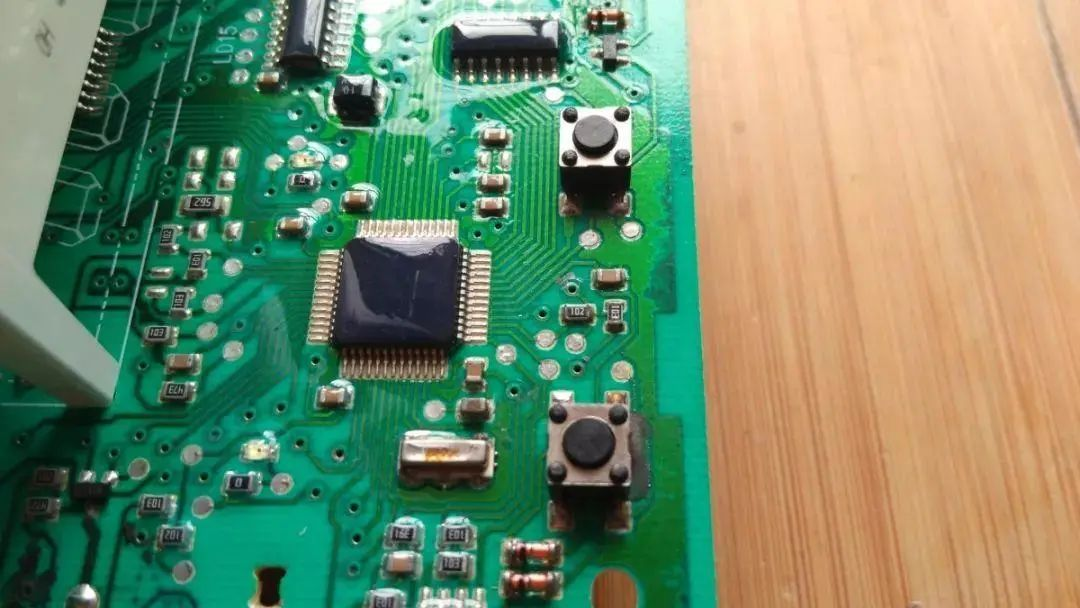

During PCB manufacturing, repairing a PCB that has been coated with conformal coating is a delicate process. The purpose of repair is to remove damaged or replaceable components from the PCB, rather than simply discarding the entire PCB, especially when it contains expensive components.
Today let’s learn about several common methods for removing conformal coating from a PCB, each with its specific application scenarios and advantages.
1. Using chemical solvents: This is the most common method, and the key is to select the appropriate chemical solvent that can effectively dissolve the conformal coating without damaging the PCB substrate or other electronic components. Choosing the right solvent requires consideration of the chemical properties of the protective coating.
2. Micro-abrasion: This method uses high-speed particle jet technology to physically remove the conformal coating from the PCB.
3. Mechanical method: This is a relatively simple and direct method, usually involving the use of scrapers or other manual tools to remove the protective coating. While easy to perform, care must be taken to avoid damaging the PCB or surrounding components.
4. Desoldering through the protective coating: This method involves making a hole in the protective coating to allow molten solder to escape during the heating process. This allows for the repair of specific solder joints without completely removing the protective coating.
When performing repairs, it is essential to ensure that the removal of conformal coating does not damage the PCB substrate, other electronic components, or the structure near the repair area. Choosing the right removal method is crucial for protecting the integrity and functionality of the PCB.